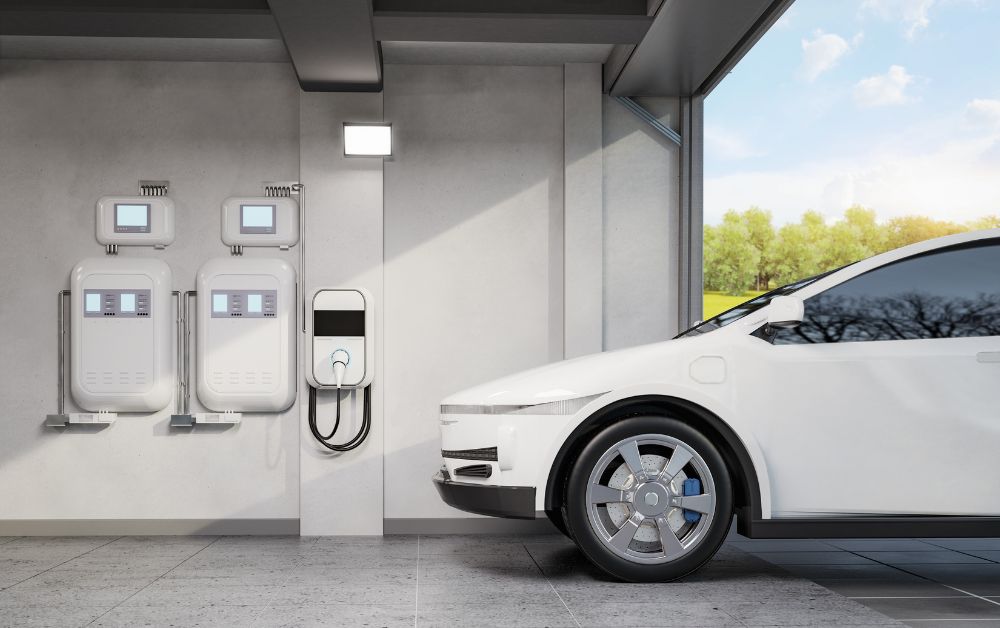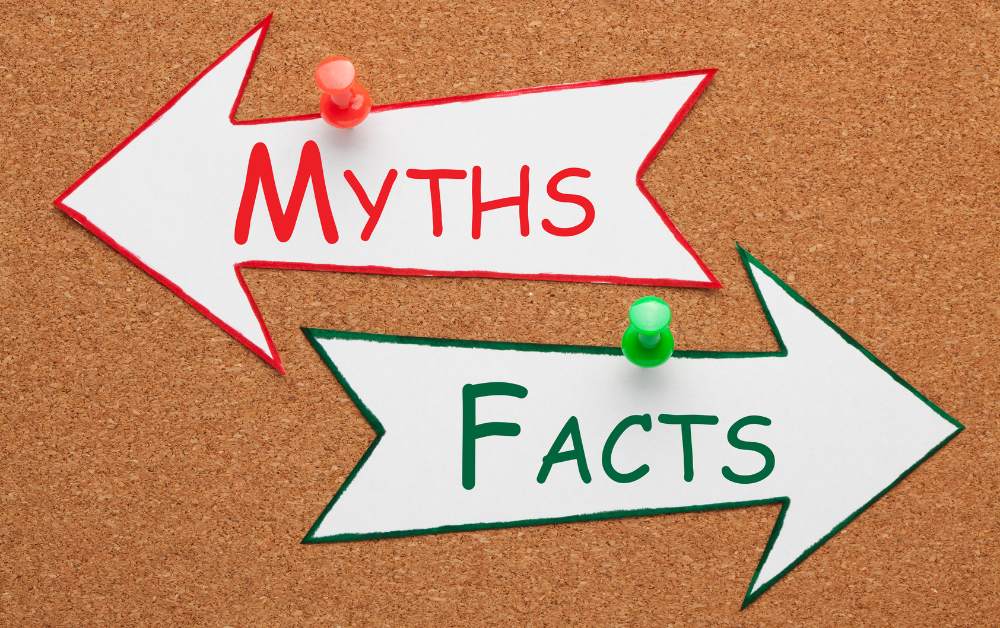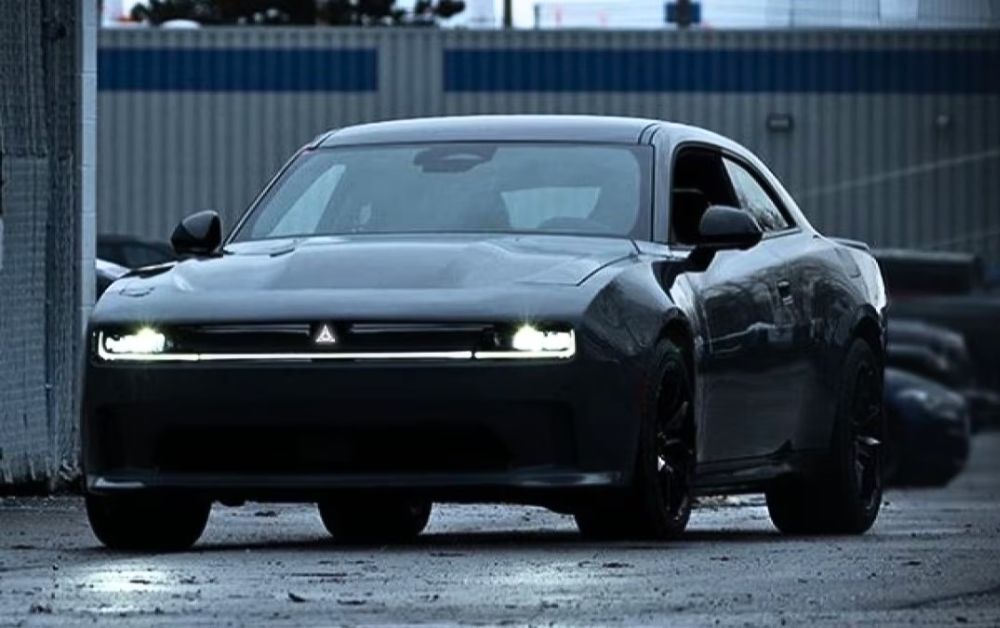In the ever-evolving landscape of automotive technology, electric cars have taken center stage, promising a greener and more sustainable future for transportation. With their silent motors and zero tailpipe emissions, electric vehicles (EVs) have revolutionized the way we think about driving.
However, while many are familiar with the basics of electric cars, understanding the intricacies of their transmission systems remains a mystery to most. So, let’s delve into the heart of the matter and uncover the mechanics of how electric car transmission works.
The Basics of Electric Car Propulsion
Before we dive into transmission specifics, it’s essential to grasp the fundamental principles of electric car propulsion. Unlike traditional internal combustion engine vehicles, which rely on a complex system of gears and a mechanical transmission to transfer power to the wheels, electric cars operate on a much simpler premise.
At the core of an electric car’s propulsion system lies the electric motor. This motor converts electrical energy from the battery into mechanical energy, generating torque to drive the wheels directly. Unlike conventional vehicles, electric cars do not require a multi-speed transmission to accommodate different driving speeds. Instead, they rely on a single-speed transmission or, in some cases, a two-speed transmission to optimize performance and efficiency.
The Role of Transmission in Electric Cars
While electric cars typically utilize a single-speed transmission, some high-performance models incorporate a two-speed transmission to enhance acceleration and efficiency. But why would an electric car need a transmission at all?
The answer lies in optimizing the motor’s performance across a range of speeds. A transmission allows the electric motor to operate more efficiently by adjusting the gear ratio to match the driving conditions.
For example, during low-speed acceleration, a lower gear ratio provides more torque to the wheels, ensuring brisk off-the-line performance. Conversely, at higher speeds, a higher gear ratio allows the motor to operate more efficiently, conserving energy and extending the vehicle’s range.
The Functionality of Electric Car Transmissions
In a single-speed transmission, the electric motor is directly connected to the wheels through a fixed gear ratio. This setup simplifies the drivetrain and reduces mechanical complexity, resulting in smoother operation and lower maintenance requirements. However, in some cases, a two-speed transmission offers distinct advantages, particularly in high-performance electric vehicles.
A two-speed transmission provides additional flexibility by offering two distinct gear ratios for different driving conditions. During initial acceleration, the transmission starts in a lower gear to maximize torque output, delivering exhilarating off-the-line performance. Once the vehicle reaches cruising speed, the transmission shifts to a higher gear, allowing the motor to operate more efficiently and maintain optimal performance.
Navigating the Future of Electric Car Transmission
As electric vehicles continue to gain momentum in the automotive industry, understanding the mechanics of their transmission systems becomes increasingly important. While traditional internal combustion engine vehicles rely on complex multi-speed transmissions to deliver power to the wheels, electric cars embrace simplicity with single-speed or two-speed transmissions tailored to optimize performance and efficiency.
In essence, the transmission in an electric car serves to enhance the motor’s capabilities, providing the right balance of torque and efficiency across a range of driving conditions. Whether it’s a single-speed setup for everyday commuting or a dual-speed transmission for high-performance driving, electric car transmissions play a pivotal role in shaping the driving experience of tomorrow.
As we embark on a journey towards a greener and more sustainable future, the evolution of electric car transmission technology promises to drive us further down the road of innovation and progress. So, the next time you marvel at the silent power of an electric vehicle, remember the intricate mechanics working behind the scenes to propel us towards a brighter tomorrow.
Stay tuned to Car News World for more insights into the latest advancements in automotive technology and electric vehicle innovations. Drive on, with knowledge as your compass and sustainability as your destination!










